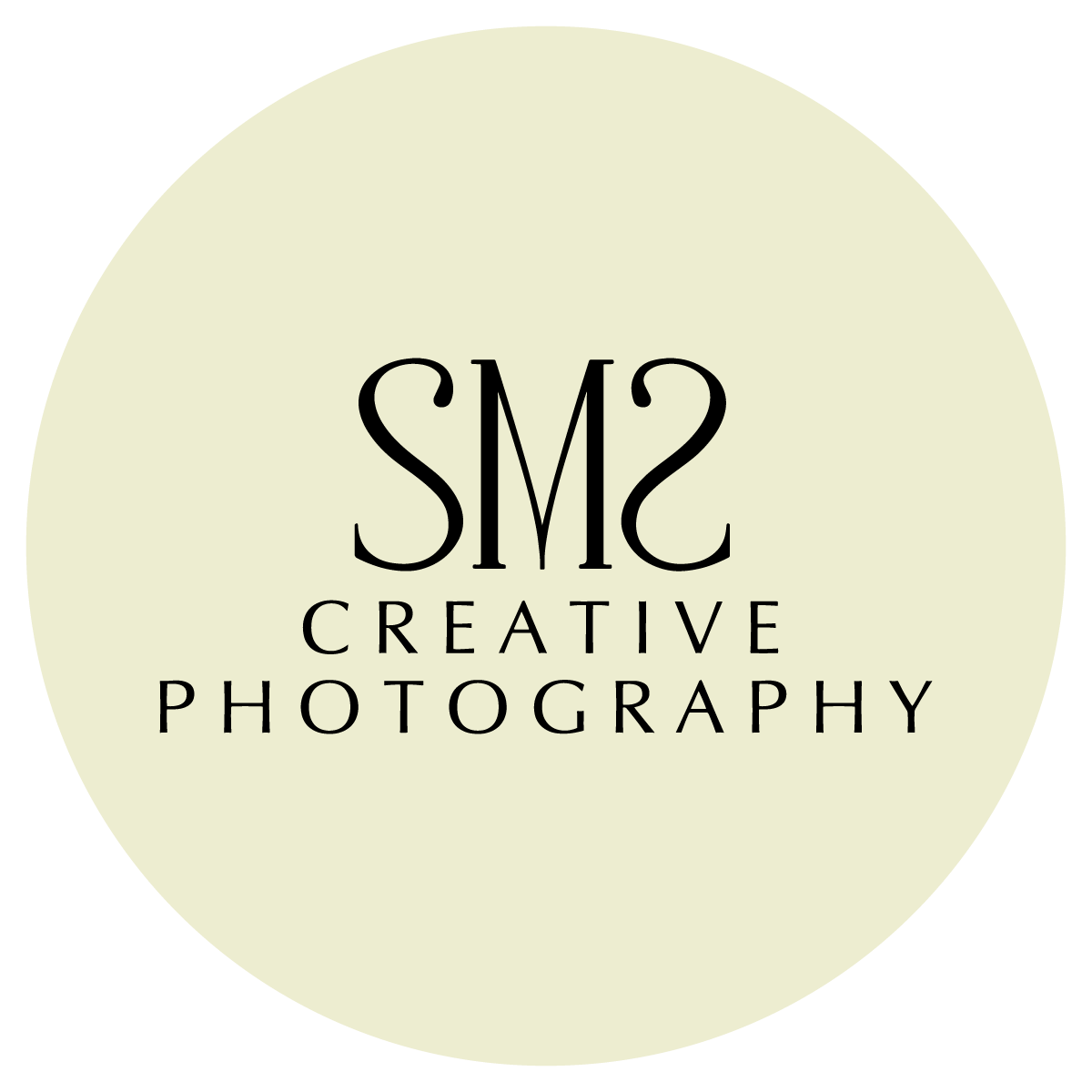The majestic Silverstone sign
On Saturday 30 July I collected my media pass, track side vest and then immersed myself in the world of motor racing, boy did I have fun! I'd like to share with you a few moments I captured from the day.
1955 Austin-Healey 100m pit stop - Royal Automobile Club Woodcote Trophy pre '56 Sports Cars
Christophe D'ansembourg before getting into his WilliamsFW07/C 1981 for the FIA Historic Formula One Race
Sam Hancock at the podium, a very worthy winner of the Stirling Moss Trophy for pre-'61 Sports Cars in the Ferrari 246S, 20 laps
Rick Carlino in 1975 Hesketh 308C
Winner Rob Hall's 1974 Matra MS670B/C in the Can-Am 50 Interserie Challenge
Chris Wilks in a 1960 Deep Sanderson FJ in position to take the track
Ant Anstead interviewing racing legend Mike Beckwith for Channel 4's 'For The Love Of Cars'
Ant Anstead having a moment of reflection before taking the recently restored 1958 Lotus Elite Series 1 out for the next race
FIA Masters Historic Formula One back in the pit lane after the race
Thanks for reading, I'll be back soon with more news from my world of cars and photography.
Bye for now.
Stella































